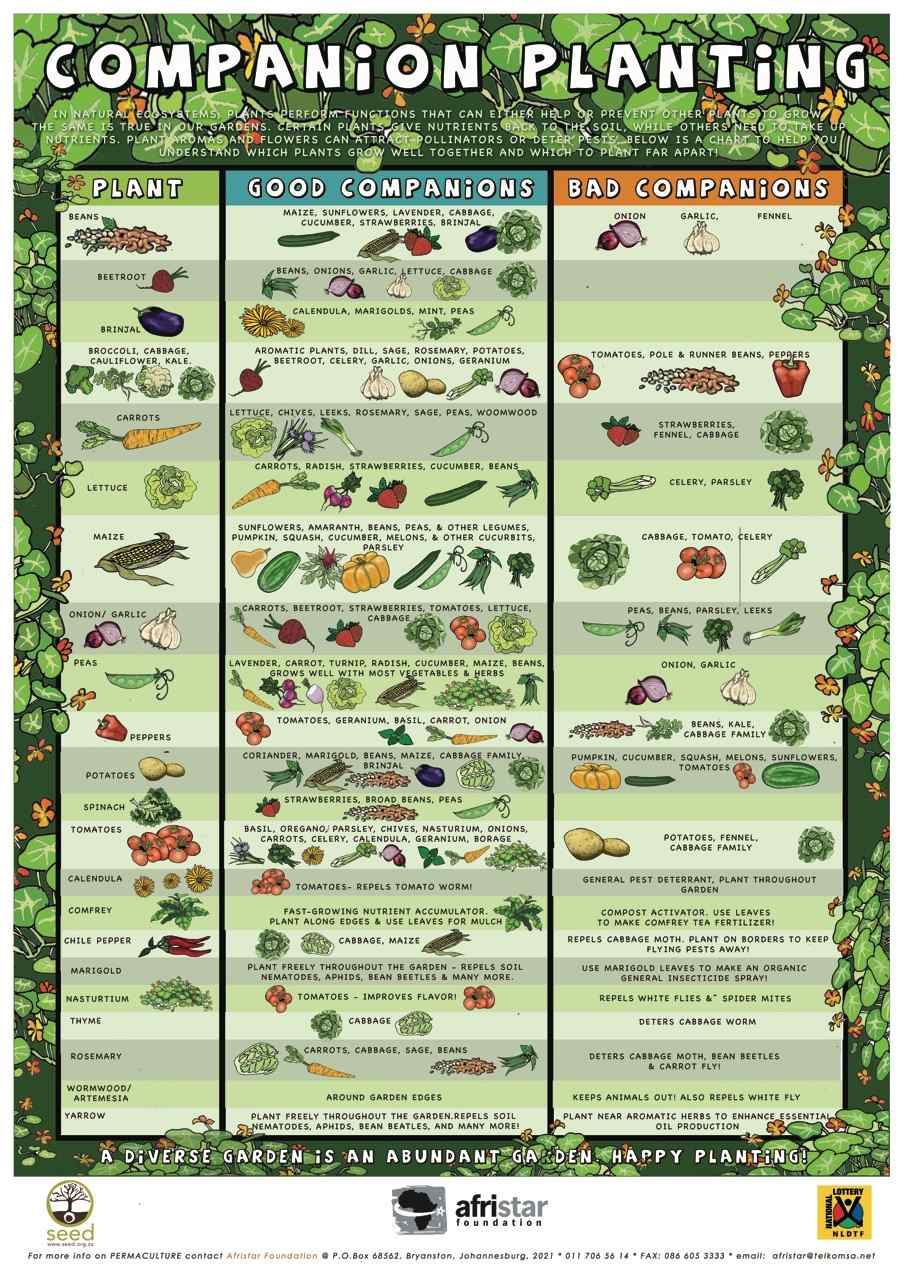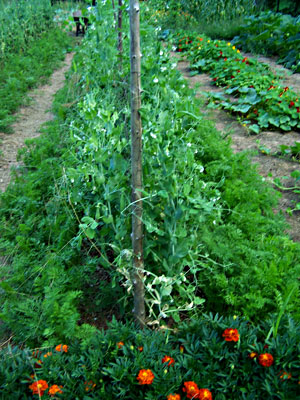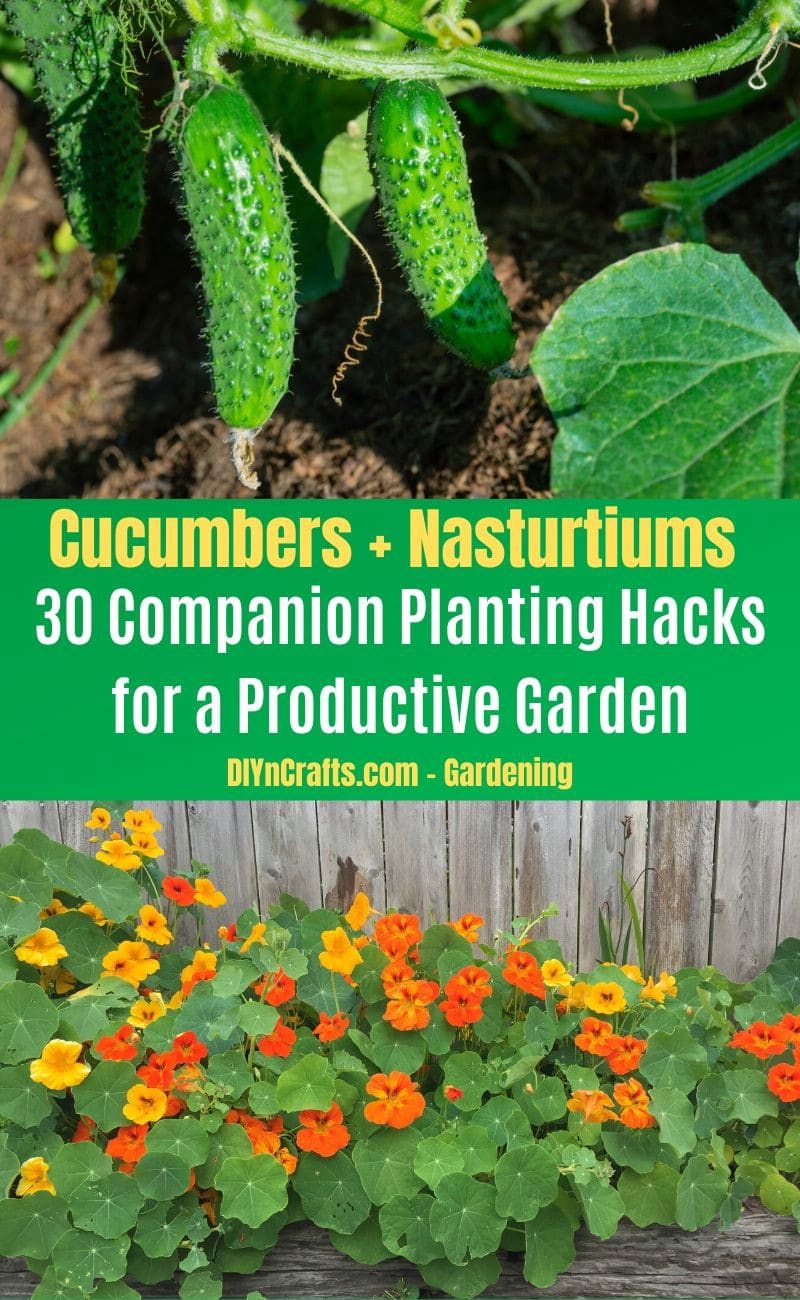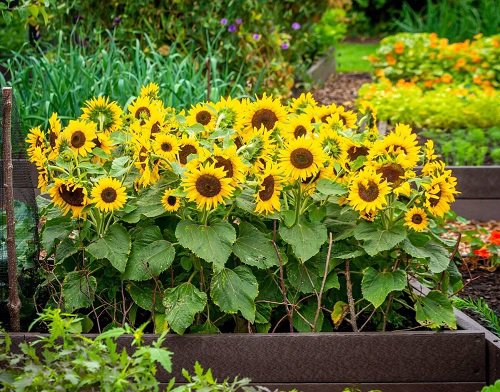Good Companion Plants That Will Boost Your Garden's Yield
Good Companion Plants That Will Boost Your Garden's Yield
Companion planting is a gardening technique that involves planting certain plants together to benefit each other. By carefully selecting which plants to grow near each other, you can improve your garden's health, productivity, and pest resistance.
There are many different companion planting combinations that you can try, but some of the most popular include:
- Basil and tomatoes: Basil is a natural pest repellent that can help to keep tomato hornworms and other pests away from your tomatoes. It also helps to improve the flavor of tomatoes.
- Beans and corn: Beans fix nitrogen in the soil, which can benefit corn plants. Corn provides support for bean vines to climb.

- Carrots and onions: Onions help to repel carrot flies, while carrots help to deter onion maggots.

- Cucumbers and melons: Cucumbers and melons both benefit from being planted near each other. Cucumbers help to keep the soil moist, while melons help to shade the cucumbers from the sun.

- Herbs and vegetables: Many herbs can be beneficial companion plants for vegetables. For example, mint deters aphids, rosemary repels cabbage moths, and sage helps to protect plants from spider mites.

When choosing companion plants, it is important to consider the plants' needs and how they will interact with each other. For example, some plants have similar nutrient requirements, so planting them together can help to conserve nutrients in the soil. Other plants can help to repel pests or diseases that target specific crops.
It is also important to consider the size and growth habit of the plants when planning your companion plantings. Some plants, such as tomatoes and corn, grow tall and need plenty of space. Other plants, such as carrots and lettuce, grow low to the ground and can be planted closer together.
With a little planning, you can use companion planting to create a healthy, productive garden that is resistant to pests and diseases.
Here are some additional tips for companion planting:
- Do your research. There are many resources available that can help you to find companion planting combinations that are right for your garden.
- Experiment. Don't be afraid to try different companion planting combinations and see what works best for you.
- Pay attention to your plants. Observe how they are doing and make adjustments as needed.
- Have fun! Companion planting can be a fun and rewarding way to improve your garden.
Companion planting is a gardening technique that involves planting certain types of plants together to benefit each other. Some good companion plants include:
- Tomatoes and basil: Basil repels thrips, which can damage tomato plants.
- Carrots and onions: Onions repel carrot flies, which can destroy carrot crops.
- Cucumbers and marigolds: Marigolds attract beneficial insects that help to control cucumber pests.
- Beans and corn: Beans fix nitrogen in the soil, which benefits corn plants.
- Lettuce and mint: Mint repels slugs, which can eat lettuce leaves.
For more information about good companion plants, you can visit Gardenia Inspiration. This website has a comprehensive list of companion plants, as well as information about the benefits of companion planting.
FAQ of good companion plants
- What are companion plants?
Companion plants are two or more different types of plants that are planted together because they benefit each other in some way. For example, some companion plants attract beneficial insects that help to control pests, while others deter pests from feeding on nearby plants. Some companion plants can also improve the soil quality or help to suppress weeds.
- How do I choose good companion plants?
There are a few factors to consider when choosing good companion plants. First, you need to consider the type of plants you want to grow. Some companion plants are only compatible with certain types of plants. For example, tomatoes and basil are good companion plants, but tomatoes and potatoes are not.
Second, you need to consider the climate and soil conditions in your area. Some companion plants are more suited to certain climates or soil types than others.
Finally, you need to consider your personal preferences. Some people prefer to plant companion plants that have similar aesthetic qualities, while others prefer to plant companion plants that have different colors or textures.
- What are some examples of good companion plants?
Here are some examples of good companion plants:
- Tomatoes and basil: Tomatoes and basil are a classic example of companion plants. Basil helps to repel tomato hornworms, while tomatoes provide support for basil plants.
- Carrots and onions: Carrots and onions repel each other's pests, so planting them together can help to reduce the need for pesticides.
- Cucumbers and melons: Cucumbers and melons attract pollinators, which can help to improve the fruit set of both plants.
- Potatoes and beans: Potatoes and beans fix nitrogen in the soil, which can benefit both plants.
- Sunflowers and marigolds: Sunflowers and marigolds attract beneficial insects, which can help to control pests.
- How far apart should companion plants be planted?
The distance between companion plants depends on the size of the plants. Generally speaking, you should plant companion plants at least 12 inches apart. However, some plants, such as tomatoes and basil, can be planted closer together.
- What are some of the benefits of companion planting?
There are many benefits to companion planting, including:
- Increased crop yields: Companion planting can help to increase crop yields by attracting beneficial insects, deterring pests, and improving soil quality.
- Reduced need for pesticides: Companion planting can help to reduce the need for pesticides by attracting beneficial insects and deterring pests.
- Enhanced plant health: Companion planting can help to enhance plant health by improving soil quality and providing support for plants.
- Improved aesthetics: Companion planting can improve the aesthetics of your garden by planting plants with complementary colors, textures, and heights.
Image of good companion plants
Tomatoes and basil. Basil repels certain insect pests such as thrips and also disorientates moths which lay tomato hornworms.
- Peas and carrots. Peas fix nitrogen in the soil, which carrots benefit from. Carrots also help to suppress the growth of harmful nematodes that can attack pea roots.

- Cucumbers and nasturtiums. Nasturtiums attract beneficial insects that prey on cucumber pests. They also help to deter cucumber beetles.

- Beans and corn. Beans fix nitrogen in the soil, which corn benefits from. Corn provides shade for the beans, which helps to protect them from the hot sun.

- Sunflowers and marigolds. Sunflowers attract beneficial insects that prey on marigold pests. Marigolds help to repel nematodes and other soil-borne pests.

Post a Comment for " Good Companion Plants That Will Boost Your Garden's Yield"